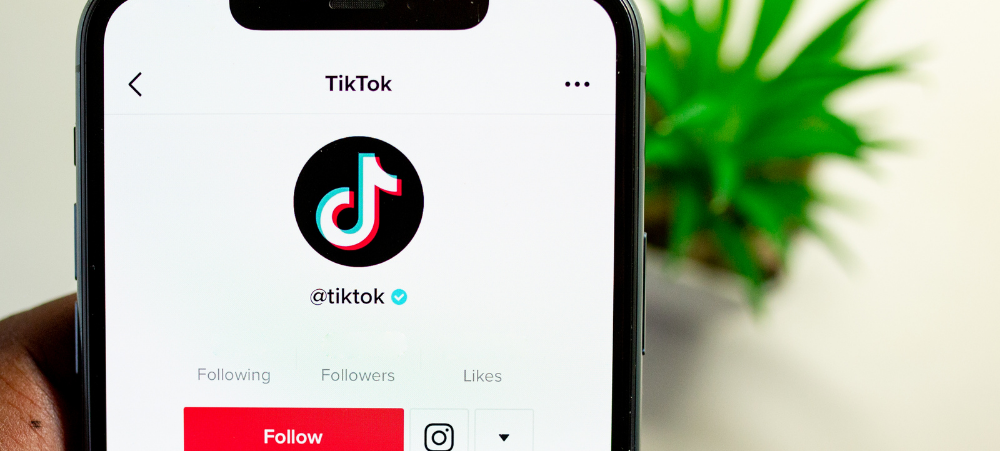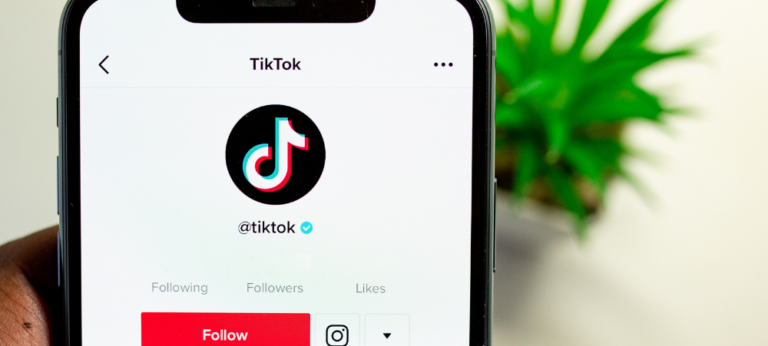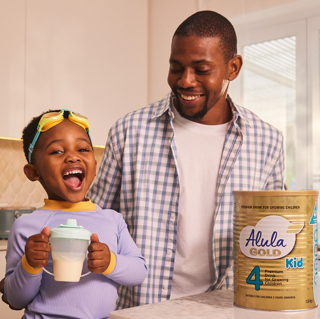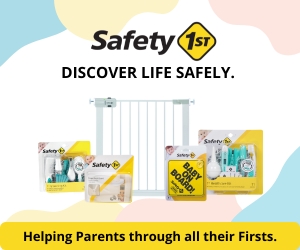TikTok is taking over the world, or so it seems! It’s an app that allows users to share short videos. It enables the user to be incredibly creative with the use of stickers, music tracks, filters and augmented reality.
Cyber security expert Jonny Pelter, founder of SimpleCyberLife.com, the first internet safety membership network for parents gives the below advice for any families with young children using the popular app.
The Risks
There are a few risks with apps like TikTok that parents should be aware of;
- Inappropriate Content – seeing sexualised / naked / illegal content, swearing or porn has all been reported.
- Contact from Strangers – teach your children the importance of ‘stranger danger’ online as well as in real life. TikTok seems to be a particular haven for sexual predators. Boys as well as girls are targeted by predators posing as users of a similar age and opposite sex to those they’re interested in.
- Highly Addictive – there is a lot of good about the likes of social media and online gaming but they can be, especially for young people, especially addictive in nature. Apps like TikTok can actually be so addictive for some that it starts to impact on their daily routine, like maintaining body hygiene and interacting with family and friends.
Sexualised Content
Why are young boys and girls sharing so much sexualised content of themselves on it?
TikTok rewards system works like this…an algorithm measures the ‘velocity of engagement’ engaging a video is. For example, how many likes, comments, shares, and downloads does it have over what time period. With each new like, comment or share videos will assessed and pushed out to more people as a result.
TikTok now has well over a billion users meaning that videos can be seen by a lot of people in a very short amount of time and with controversial content (such a nude posts) generating a lot of comments and shares, this inherently pushes the media that violates TikTok’s policy to the most amount of people. As a result, some users have received hundreds of thousands of views before sexual content was taken down by TikTok.
Why girls and boys share sexualised content is a much deeper societal and psychological issue around young people building and maintaining their online identities. Research has found that girls who post provocative photos, posting a sexualised stereotype of themselves, do so as a means of trying to be socially accepted by their friends. In short, young girls trying to find their feet, maybe having insecurities, post sexualised material to get validation about their own self worth. This is exemplified by two Reddit forums, r/ratemeteen and r/TeenAmIUgly where two forums have emerged specifically for young teens to post pictures (often sexualised) of themselves and ask for constructive criticism about how they look.
It is particularly bad for TikTok because teens think that the filters applied somehow mask their nudity but in reality, they don’t. Unfortunately, it is just a way for them to justify posting the content for self-validation purposes. Some users have reported being able to even remove filters once a video is posted, leaving the user who posted it originally completely exposed.
Should parents be worried?
Parents should be ‘aware’. TikTok has a lot of age inappropriate media on it. To be a user on TikTok you need to be 13 years old but there is certainly X-rated content which is not suitable for anyone except adults.
Other ‘experts’ have mandated parents completely ban their children using the app but I believe this kind of ‘ultimatum advice’ as professionally ignorant and not practical. Telling a young teen not to do something just adds fuel to the fire and they’ll continue to do so, just in private, making the divide between parent and child greater, not closer.
Is TikTok doing enough? In short, no. Much like other social media goliaths, they have incredible wealth of resources available to them to fix the problem but are being sluggish with their response to building better monitoring and detective capabilities for inappropriate content.
What can parents do to protect their kids
There is a lot parents can do, without the need to stop their kids using the apps altogether!
- Try it For Yourself!– the best way to see if it is fit for your family is to use it yourself. Anyone can download it for free and you can watch videos on there without needing to create an account. I expect (hope) their blocking and filtering capabilities will improve over time (as the pressure rises to do so) but this may be the best way to try and see for yourself, at the moment.
- Check Profile Details – even when profiles are set to private, profile photos, usernames, and bio descriptions are still visible to everyone so we need to ensure none of them contain anything compromising. Some tips to avoid the common pit-falls here;
- Avoid usernames that have both first and surnames in.
- Don’t include your date of birth in the username or profile description
- Your profile bio shouldn’t reveal where the child lives or goes to school (e.g. profile picture of them in school uniform)
- Enable Family Safety Mode – this allows you to connect your TikTok app to your kids so you can manage screen time, turn on ‘restricted mode’ which prevents kids viewing inappropriate content (although this is far from perfect) and set who can engage with your child’s comments.
- Manage Screen Time – it can be highly addictive and therefore there’s an element of digital wellbeing for our children. A key red flag is to ask yourself; “Is [child] consistently putting off other (day to day) things off so he/she can continue using it?” This is often a good indicator that it is encroaching on negative behaviour. If this does happen, speak to them about screen time (and maybe getting a parental control app like Qustodio would help them implement their screen time rules).
- Show Your Kids How to Report – TikTok is growing app, exploding in popularity. To both protect your children and help protect everyone collectively, show your children how to use the reporting and blocking functionalities in case they do see something they don’t like. This helps speed up the process for TikTok to remove offensive content, as well as learn which profiles should be banned from the platform.
- Check your accessories and background. Educate your children to ensure there is nothing personally identifiable in the background that could compromise their (or your) privacy – for example family photos, posters, documents, school uniform, etc.















Leave a Reply